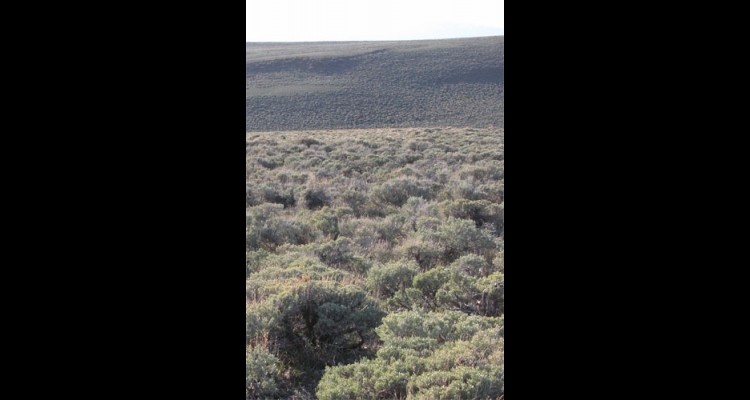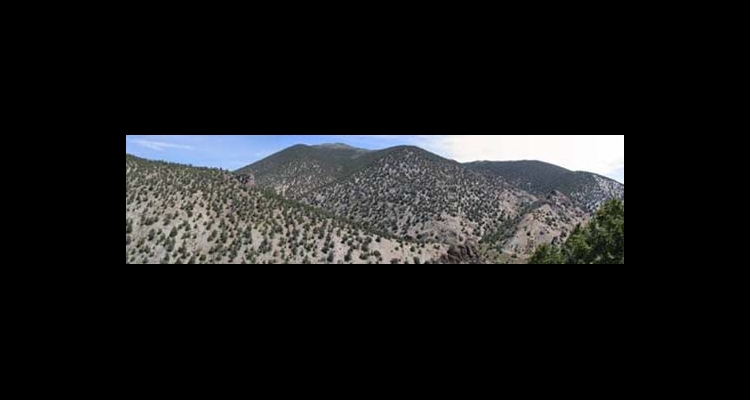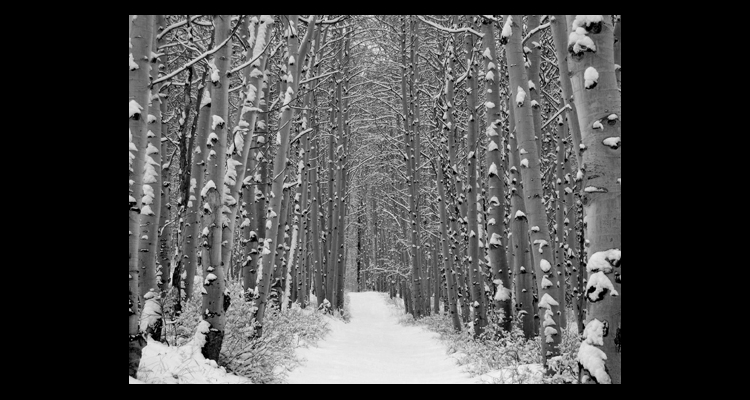Mountain Shrub Communities
Most mountain ranges of the northern hemisphere grade in elevation from one forest type to another in a steady progression from less cold-hardy to more cold-hardy trees, eventually giving way to alpine tundra where trees can no longer survive the extremely cold temperatures. The Great Basin mountain ranges of Nevada provide a notable exception to this rule. In most of these ranges there is no continuous forest zone above the pinyon-juniper woodland. Instead, there typically is a belt of mountain shrubs over extensive areas between 7,500 and 10,000 feet in elevation. This simply may be a result of slow dispersal—there has not yet been enough time for subalpine tree species, whose tolerances for moisture and temperature conditions are appropriate for this elevation zone, to migrate into the region following Pleistocene glaciations. Mountain peaks of the Great Basin are widely separated by broad sagebrush valleys that, under current climate conditions, provide a barrier to tree migration.
Mountain big sagebrush (Artemisia tridentata subsp. vaseyana) dominates mountain shrub communities together with a diverse mixture of other shrub species, grasses, and flowering herbaceous plants. Many important shrub species in this vegetation type are members of the rose family, including bitterbrush (Purshia tridentata), cliffrose (Purshia mexicana var. stansburiana), western serviceberry (Amelanchier alnifolia), dwarf ninebark (Physocarpus alternans), western chokecherry (Prunus virginiana var. demissa), and wild rose (Rosa woodsii). Interspersed with the montane sagebrush grassland are patches of curlleaf mountain mahogany (Cercocarpus lediofolius) along ridge tops and groves of quaking aspen (Populus tremuloides) in canyon bottoms and bedrock hollows.
Lower temperatures and higher precipitation allow the mountain shrub communities to be much more productive than structurally similar sagebrush communities at lower elevations. As a result, they provide abundant forage for a great number of animal species. Mule deer, pronghorn, bighorn sheep, and elk undertake seasonal migrations up the mountains in summer and early fall where they concentrate their foraging activities in mountain shrub communities. Several of the shrub and tree species (bitterbrush, cliffrose, mountain mahogany, aspen) are preferred mule deer food sources.
Article Locations
Related Articles
None at this time.



